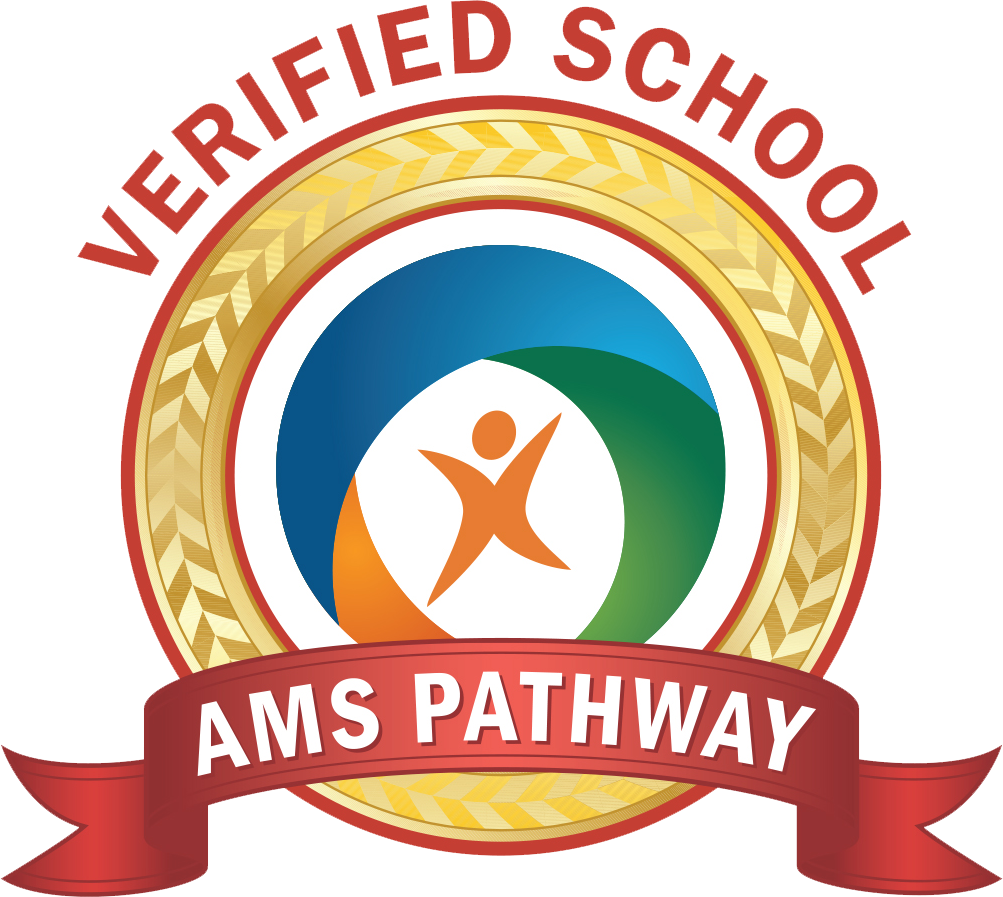Run, Jump, Play, Grow that Brain!
Physical movement has been a brain changer from the time of early humans to our children today. Throwing a ball, jumping, playing with clay, or dancing to a favorite tune are all brain developers for kids. Movement boosts memory, supports language development, and maintains essential elasticity that the brain needs for maximum learning.
Over 100 years ago, Maria Montessori recognized the important role of movement in child development. She made sure her classrooms supported movement, with an emphasis on hands-on activities and sensorial activities. Everywhere in the classroom are invitations to move and interact with the environment. This is certainly true of the preschool thru 8th grade classrooms at Casa di Mir Montessori School.
And while the impact of movement is greatest on our 0-6 year olds, it continues to impact development through young adulthood. In fact, the human brain is not fully developed until about 24 years old.
Yet even though the value of movement is widely recognized for overall health, an increasingly sedentary lifestyle persists. Prolonged inactivity affects self-esteem, social well-being, and emotional balance, in addition to health issues such as obesity.
One study even pointed out that children who lack positive sensory development and physical activity often grow to have smaller brains than their peers who benefited from healthy and constant interaction with the environment. “When they analyzed the MRI data,” the report said, “the researchers found that the physically fit children tended to have bigger hippocampal volume—about 12 percent bigger relative to total brain size—than their out-of-shape peers.”[1]
As parents, we can counteract the tendencies toward sedentary behavior and support the best brain development for our children. For example:
- Make sure your child plays outside every day and a lot on the weekends.
- Choose home and school environments that foster physical activity and interaction with the environment.
- Playdough, mud, jello, fingerpaint experiences are terrific ways to put young hands to work.
- Use all senses: smell, taste, hear, see, and touch (remember, skin is the largest organ in the body!).
- Offer activities in which the child builds, designs, and creates.
- Eliminate or limit screen time as published by the American Pediatric and Canadian Pediatric Societies:
Today, when so much entertainment can be had sitting still, we need to keep in mind the importance of movement and the use of hands on the developing brain. And by “use of hands,” I don’t mean tapping a computer screen for points.
Now, dust off that bike helmet and take your children on a neighborhood ride.
Wanda Whitehead
Director of Education
Casa di Mir Montessori
[1] University of Illinois at Urbana-Champaign. “Children’s Brain Development is Linked to Physical Fitness.” Science Daily. September 16, 2010. Laura Chaddock, et.al. A neuroimaging investigation of the association between aerobic fitness, hippocampal volume and memory performance in pre-adolescent children. Brain Research, 2010.

